An Homage To D. W. Griffith |
Read more at in70mm.com The 70mm Newsletter |
| Written by: Dan Sherlock, Hollywood, USA | Date: 22.02.2015 |
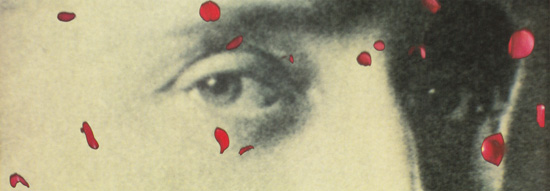 At
the beginning of 2014, a trivia question was posted at in70mm.com that was
believed to be quite a challenge: At
the beginning of 2014, a trivia question was posted at in70mm.com that was
believed to be quite a challenge:
Ultra Panavision 70
was the large format developed in the mid-1950’s that was designed to adopt
many of the technical characteristics of
Todd-AO, but with a wider image that
was intended to compete with and somewhat complement the 3-panel Cinerama
process. By using a 1.25x anamorphic squeeze during photography, it achieved
the ultra-wide aspect ratio aspect of Cinerama,
the large format clarity of Todd-AO, the reduction of “anamorphic mumps”
present in some CinemaScope
photography, and the ability to produce 35mm reduction prints that were
sharper than with 35mm photography due to the reduction in size of the grain
in the negative. |
More in 70mm reading: "Panorama Blue" in 70mm Ultra Panavision 70 - almost like a real story MGM Camera 65 / Ultra Panavison 70 Ultra Panavision 70, Early lenses The Hateful Eight - in 65mm?? Internet link: "An Homage To D W Griffith" #17 |
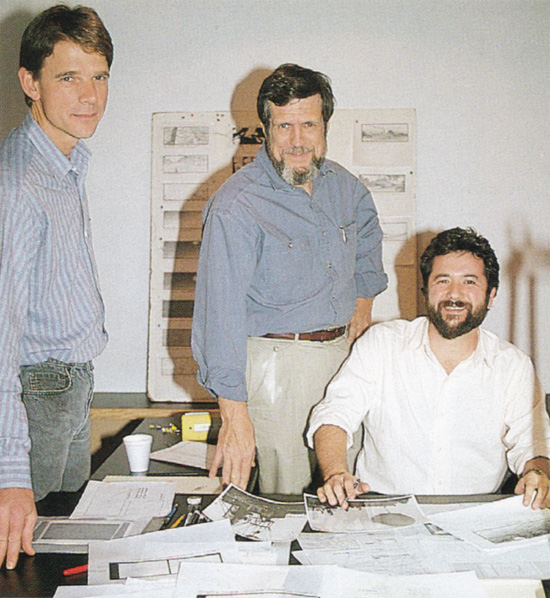 Conrad
Buff (Editor), Richard Edlund (Director), and Terry Windell (Art Director)
in front of the storyboard for the film Conrad
Buff (Editor), Richard Edlund (Director), and Terry Windell (Art Director)
in front of the storyboard for the filmAs it turns out, there was one more Ultra Panavision 70 short subject that was made over 20 years later. In 1988, the equipment and lenses were used for a special short subject that was also the only time the format used a speed of 30 frames per second rather than the normal 24 frames per second format. It was shown the following year only in Japan for a total of 7 screenings in 3 cities. The screenings were part of a special event presented by Toshiba to celebrate the 30th anniversary of Fuji TV, and accompanied a screening of the restored tinted and toned version of D.W. Griffith’s INTOLERANCE that was produced by the Rohauer Collection in 1981. The feature film was projected in 35mm at 20 frames per second onto a screen that was 13 x 10 m (43 x 33 feet) in size and accompanied by live symphony orchestra conducted by Naoto Ohtomo, along with a live choir accompaniment. Part 1 of INTOLERANCE (about 1 ½ hours) was shown, then followed by an intermission, and then followed by Part 2 (about 1 hour). Afterwards, there was an overture consisting of a song by Mozart, and then the short subject began as the screen opened up to about double the prior width (25 x 10m, or 82 x 33 feet) and was filled with 70mm imagery projected at 30 frames per second. The 15 minute short was titled AN HOMAGE TO D.W. GRIFFITH, and was narrated by Lillian Gish and produced by Richard Edlund. He was once asked why the Ultra Panavision 70 format was used rather than the more traditional spherical 70mm format, and he replied that he wanted to maximize the dramatic transition from the old tinted and toned 35mm slow frame rate to the full-color wide screen 70mm format of modern times. The orchestra and chorus, performing a collection of old traditional American songs, continued to accompany the short along with the recorded sound. The short was a combination of older images and footage combined with newly shot Ultra Panavision 70 footage. After the screenings, the existence of the short subject fell into obscurity. Ironically, the negative of it was sold on Ebay in 2013 to an unknown collector. Recent comments about it by Richard Edlund and the recent discovery, and the purchase by this author of the program book that accompanied the presentations, have produced the details given in this article. |
|
ANSWERS TO THE TRIVIA QUESTION
|
|
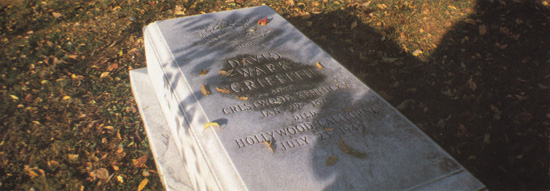 Frame
blow up, newly shot with 65mm Ultra Panavision 70 optics and camera Frame
blow up, newly shot with 65mm Ultra Panavision 70 optics and camera06.01.2014 The short film is "An Homage To D W Griffiths". Love the site. All the best. Richard Pyke, Cambridgeshire, UK ..a fast answer to which he replied: Pure coincidence I'm afraid. I have recently been reading about film researcher Anthony Slide and knew he had made a 70mm short film about D W Griffiths. To find the title I had to google because I had a "senior moment" and couldn't think of the title. I hope that's not classed as cheating. :-) Unfortunately I'm not well enough travelled to have seen it. I absolutely love your web site, and all things Widescreen. |
|
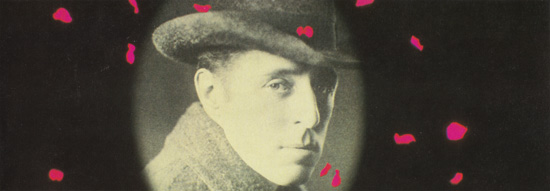 07.01.2014 07.01.2014Perhaps the ten-minute epilouge (Japanese 70mm short subject) to the movie "Intolerance" (1916) "An Homage to D.W.Griffith"? Cheers Gerhard Witte, Berlin, Germany |
|
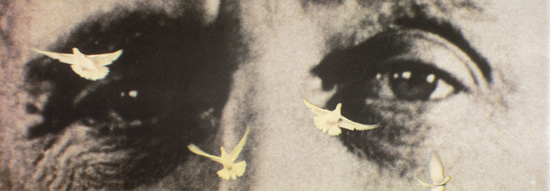 19.03.2014 19.03.2014It is mid-March. Please post the answer to your question about the screening with Lillian Gish. I have no idea what the answer is, but very curious. Love your site by the way.... Jim Cobb, USA |
|
 20.02.2014 20.02.2014Your quiz has been an interesting challenge, but with no definitive answer for me. I've spent far too much time on the internet trying to track this down. However circumstantial clues lead me to a guess: 1989 was the first edition of the Yamagata International Documentary Film Festival and six of Robert Flaherty's films were shown. Their grand prize is named for Mr and Mrs Flaherty. Lillian Gish was a friend of theirs and appeared in a documentary about Robert with Mrs Flaherty. She apparently appeared in 1953 at the Museum of Modern Art in New York at a program to honor their work. I had better luck with discovering the location where the "Renault Dauphine" Cinerama advert was filmed. Henry Taylor, USA |
|
AN HOMAGE TO D.W. GRIFFITH |
|
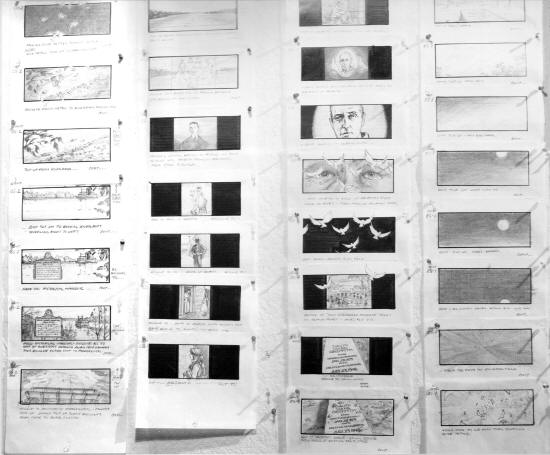 Storyboard
of the film. The image is actually a photo of the storyboard, so there is
some focus and brightness differences that are present in the original image
and thus also in this copy. Storyboard
of the film. The image is actually a photo of the storyboard, so there is
some focus and brightness differences that are present in the original image
and thus also in this copy. Click the image to see a large version PERFORMANCES (Times for each day are for the beginning of the screening of INTOLERANCE) Tokyo, Nippon Budokan 1989, February 27, 28, March 1 6:30 PM (18:30) each day Osaka, Osaka Castle Hall 1989, March 13, 14 6:30 PM (18:30) each day Nagoya, Nagoya Rainbow Hall 1989, April 1, 6:30 PM (18:30) 1989, April 2, 2:00 PM (14:00) |
|
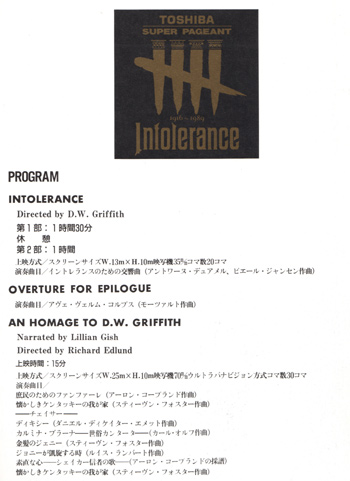 CREDITS CREDITSNarrator: Lillian Gish Director: Richard Edlund Art Director: Terry Windell Editor: Conrad Buff Optical Supervisor: Chris Regan Line Producer: Christine Sellin Music: Performed by New Japan Philharmonic Conducted by: Naoto Ohtomo Chorus: Special Choir for Intolerance MUSIC FOR AN HOMAGE TO D.W. GRIFFITH Fanfare for the Common Man [Aaron Copland, composer] My Old Kentucky Home [Stephen Foster, composer] “Chase” Music Dixie [Daniel D’Ecatur Emmett, composer] Carmina Burana – Fortuna Imperatrix Mundi [Carl Orff, composer] I Dream of Jeanie With the Light Brown Hair [Stephen Foster, composer] When Johnny Comes Marching Home [Composition accredited to Lewis Lambert] Simple Gifts (Shaker Song) [Adapted by Aaron Copland] My Old Kentucky Home [Stephen Foster, composer] PROJECTION OF INTOLERANCE Screen size: 13 m x 10 m (43 x 33 feet) Projector: 35mm Speed: 20 frames per second Running time: 2 ½ hours Color: Tinted and toned black and white PROJECTION OF AN HOMAGE TO D.W. GRIFFITH Screen size: 25 m x 10 m (82 x 33 feet) Projector: 70mm Ultra Panavision 70 Speed: 30 frames per second Running time: 15 minutes Color: Tinted and toned black and white along with new color footage |
|
Program Pages |
|
 |
|
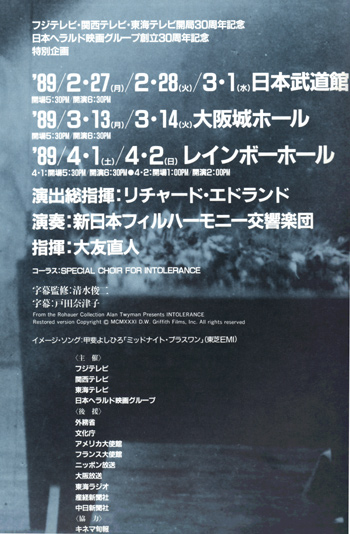 |
|
| Go: back - top - back issues - news index Updated 22-01-25 |
